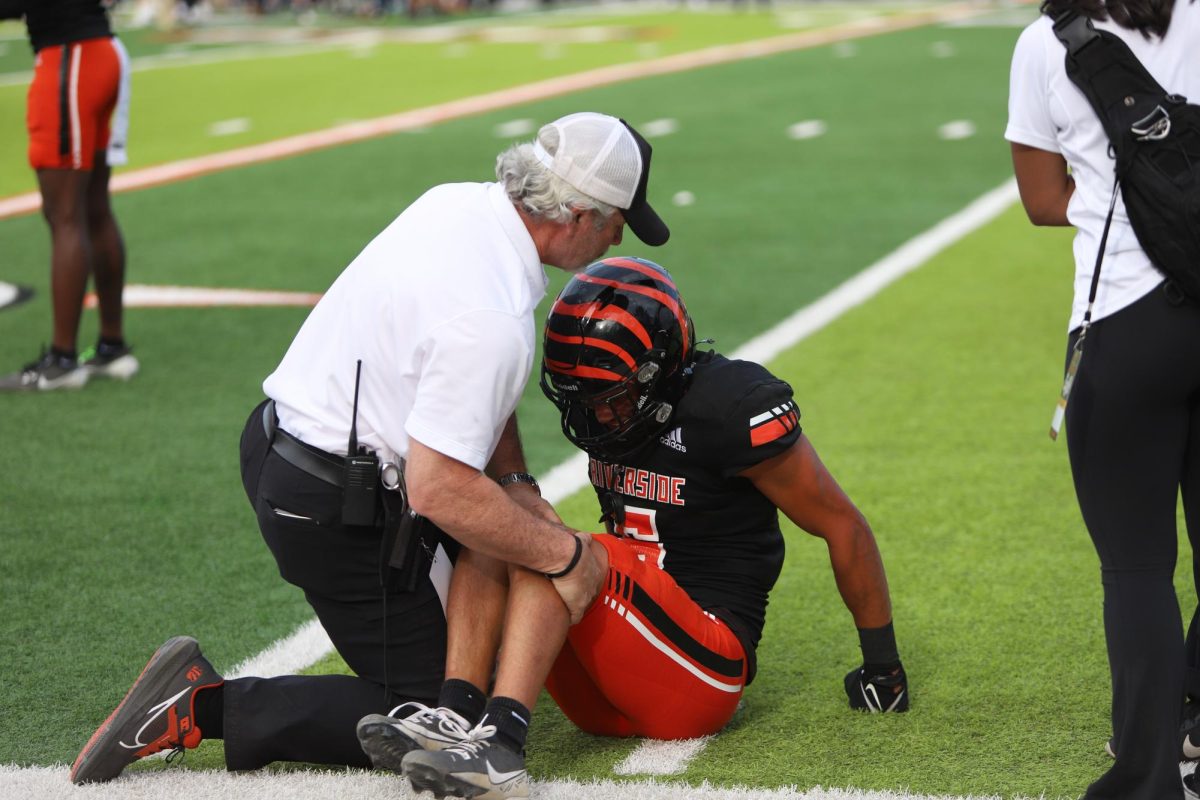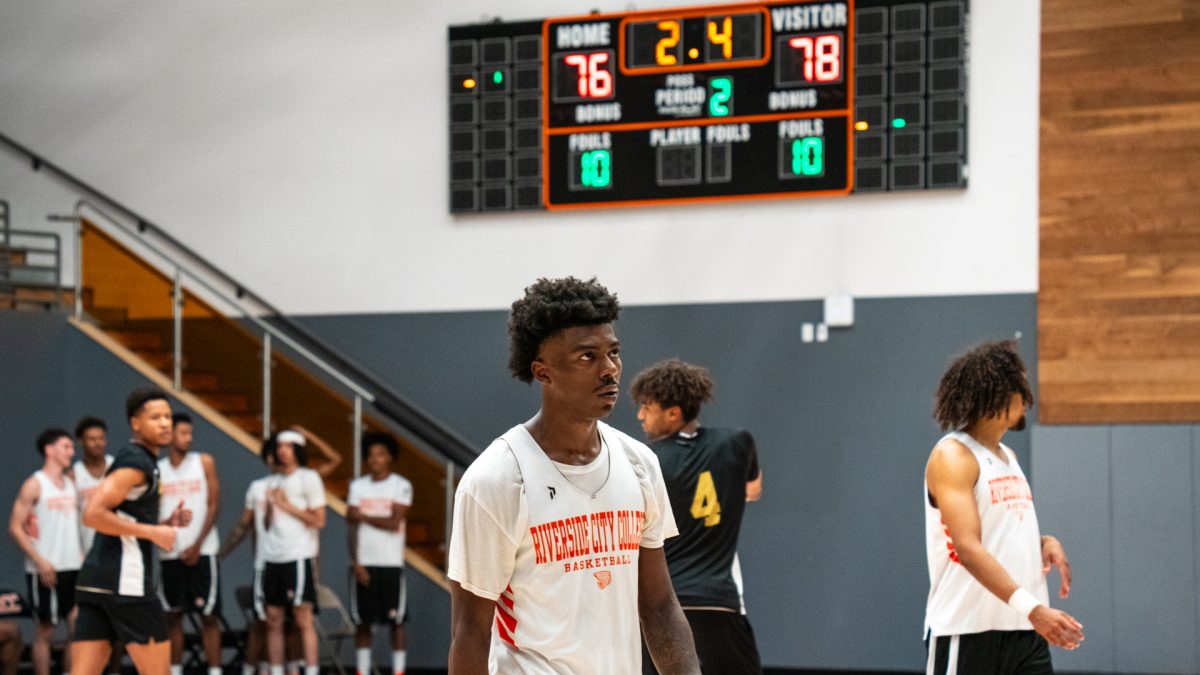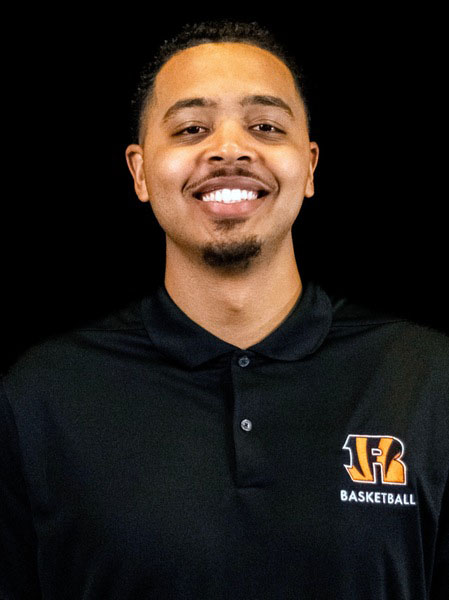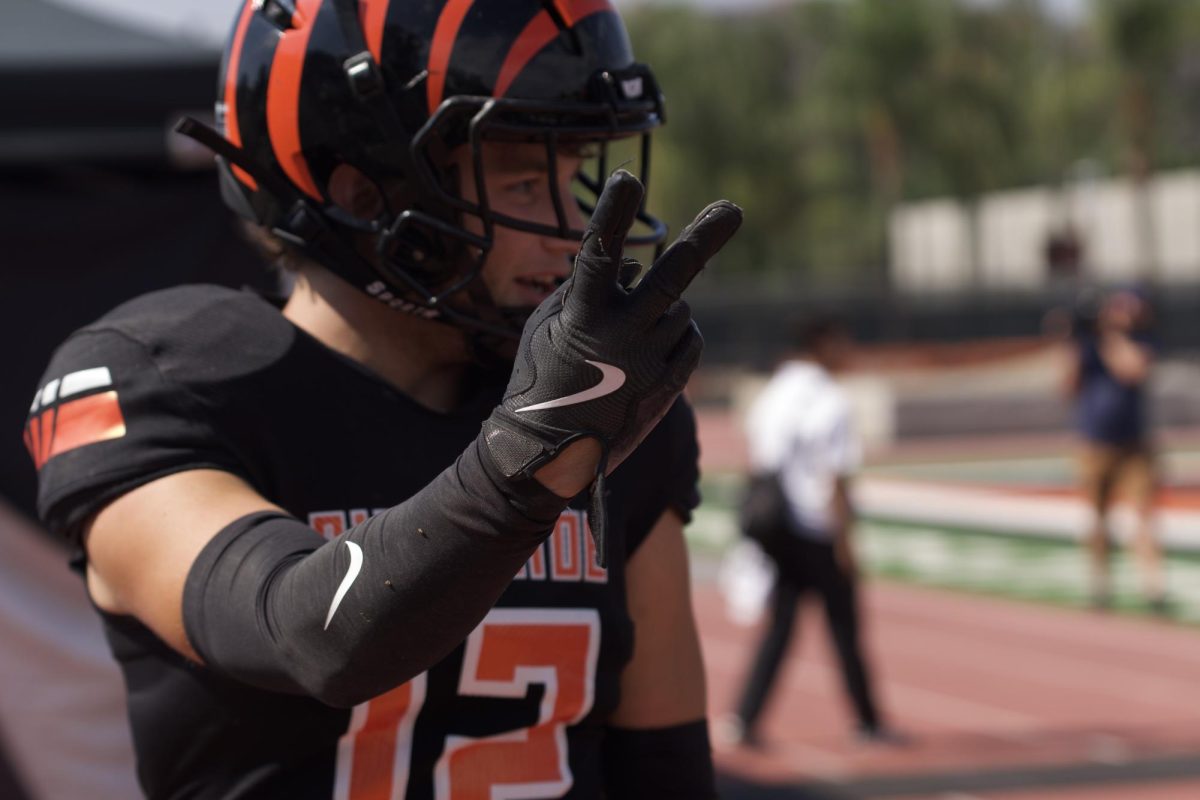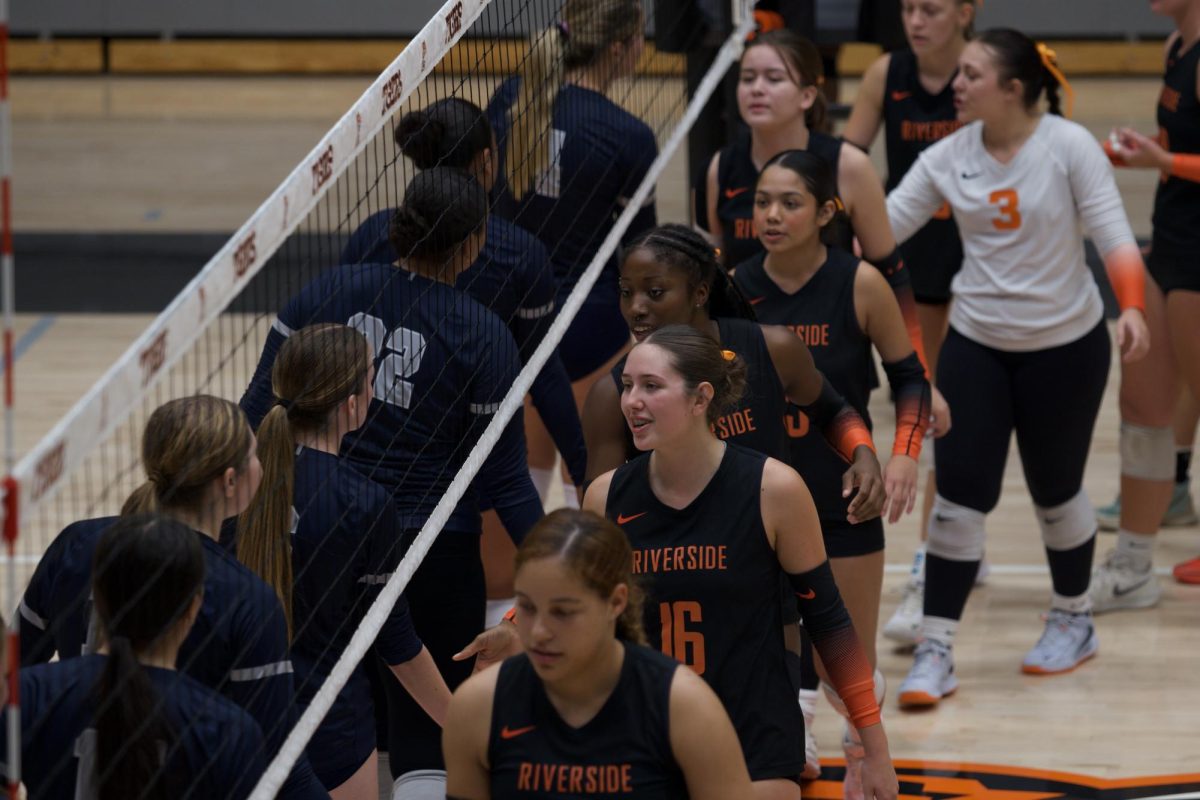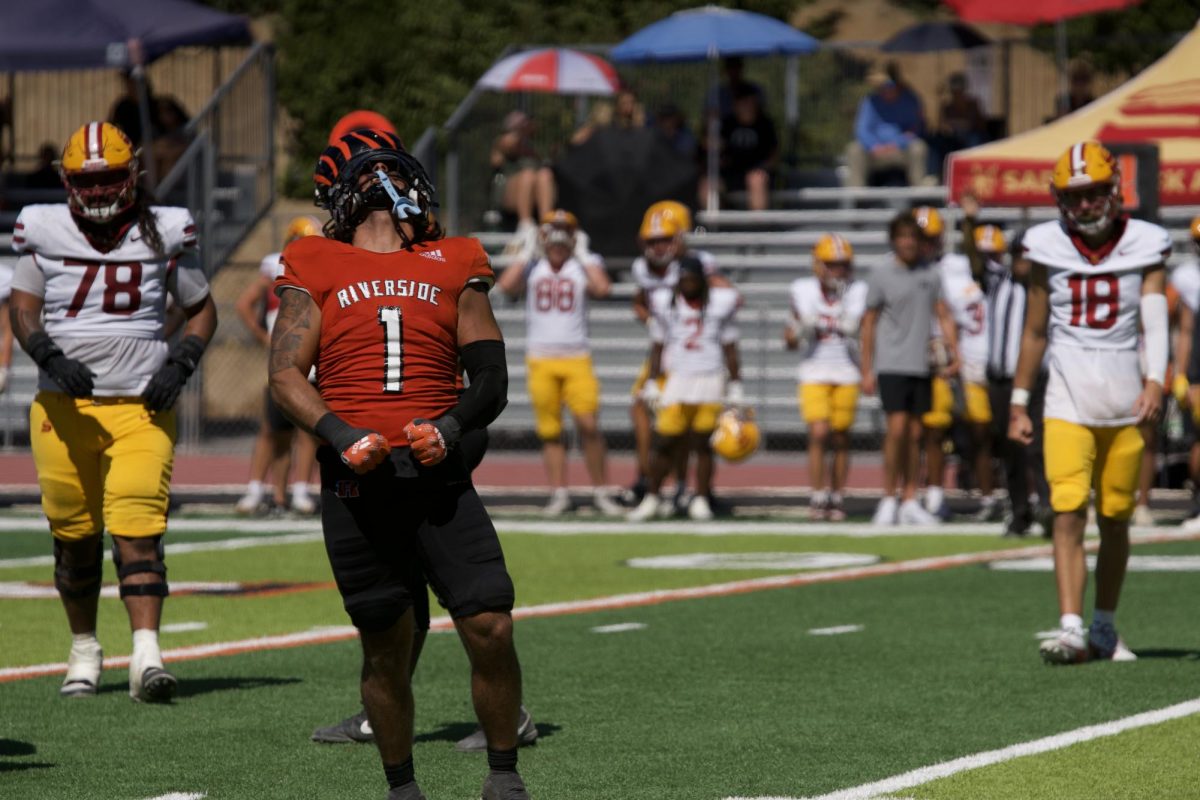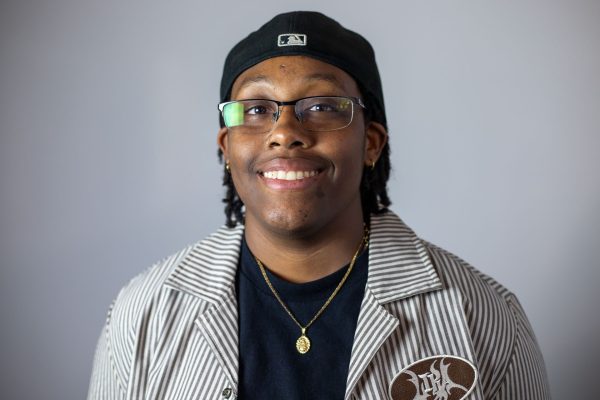Falling to the ground, you clutch your knee, rolling over, scanning your immediate surroundings. The nearest player to you is about 10 yards away. You wonder who maybe tripped you and even look for anything on the field you rolled up on. You rest your head back and slowly begin to realize that you never tripped over anyone, no one accidentally ran into you. No, this was the result of the seemingly inevitable “turf monster.”
At the surface, it’s very easy to point all these issues to synthetic turf and even hybrid turf (synthetic and natural grass mixes). Yet, when you really study these injuries and watch how most occur, the answer becomes clearer. Non-contact injuries, both on grass and artificial turf, are bound to happen, with artificial turf not helping much.
A study conducted by the University of Michigan’s Biomechanical Engineering manager, Michele Santillan, in 2019, lays out how ligament and tendon injuries develop and occur over time from being stressed throughout a player’s career. Santillan explains, “These ‘non-contact’ injuries often come as athletes make moves they’ve made hundreds of times before.” Myself and several athletes who have experienced non-contact injuries can find the repeating theme that most of these injuries occurred while making a pretty routine move whether it be running, backpedaling or taking off to make a play they’ve maybe made a thousand times before.
While it’s shown that these injuries can happen to any athlete at any time, that doesn’t mean the surface they play on doesn’t have any effect. Artificial and hybrid turf comes in many forms, but usually follows the same formula, a base of rock and synthetic carpet or mesh, which also covers the drainage system. From that synthetic mesh or carpet come the blades of grass, usually made of nylon, polypropylene, or polyethylene, and have an infill of sand and rubber crumbs.
The immediate benefit yet downside of these materials is the increased friction. More friction makes it harder for athletes to slip which not only leads to faster play but could lead to more entertaining plays that either could’ve been slip and missed tackles. The downside to the increased friction is situations where athletes would usually stumble and fall. With the added friction, cleats bite into the turf and freeze the foot and leg in place while the rest of the body moves, leading to severe injury in most cases.
While the issue of these injuries are seen throughout all field sports, it’s the most well-documented and most noticed in American football, specifically in the National Football League (NFL). The National Football League Player Association (NFLPA) has made strong arguments against turf, saying that despite League officials’ words claiming turf to be safe and an even better alternative to natural grass, players, current and retired alike, all have disdain for the artificial surfaces.
Former nine-year NFL center and former NFLPA President Joseph Carl Tretter Jr. (2020-2024) found that as a rookie, he began to hear and witness the differing opinions on grass and artificial turf from the veterans at the time stating, “I played almost exclusively on synthetic turf in college. Once I started experiencing both surfaces interchangeably, I began to understand exactly why my teammates disliked the practices on turf,” He further explains that it’s an unneeded added risk putting players’ bodies through even more pain and harm despite the already physical and aggressive game they play. His words are in line with other accounts and ring around not only the NFL, but in all college and high school sports alike.
As artificial turf becomes the standard, athletes are now met with the challenge to adapt how they look after and care for their bodies for the new toll added from artificial turf. Stiffness and shin splints seem to be common as smaller injuries or inconveniences. What are some ways athletes can not only take care of their bodies but also prevent future damage? Diet changes. Having a balanced and strengthening diet has been a point of stress that is seemingly buried away, as athletes and fans alike simply want to focus on the issue of turf.
An article by San Diego Orthobiologics Medical Group highlighting joint nutrition explains the stages our tendons and ligaments go through after physical activity and injury, with swelling or inflammation, proliferation which is the rebuilding of the injured tissue, and the final stage, remodeling, which is the longest period of healing where tendons slowly begin to regain strength and function. The article highlights avoiding processed foods and fried food, focusing on a greener diet of vegetables and fruits, along with teas and healthy fats like avocado or olive oil, even suggesting bone broths, making sure to acknowledge staying extremely hydrated.
Now, some may conclude that “well it seems like athletes need to take better care of their bodies,” and for a moment, I would say you’re right. However, the issue of diet really only lingers around high school and college, where, even in college, certain teams assign nutritionists to players to ensure their bodies are in the best condition possible. So what’s the verdict? The issue will always be complicated for as long as the league pushes away attention from mandating surfaces along with players only looking to change surfaces instead of also adapting for the risk. It’s a sense of entitlement, which realistically at the professional level they are entitled to as it’s those athletes’ livelihoods. Why should they have to fear being physically affected by conditions they can’t control? Now while the use of turf is unlikely to stop being adopted anytime soon, the change to turf should be voiced against as it brings new and still unmeasured risks in some cases to athletes who already have so much physically to be worried about.

